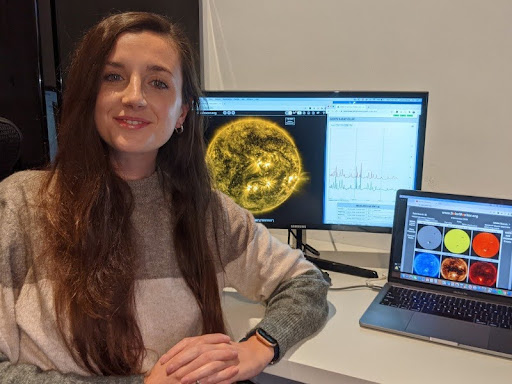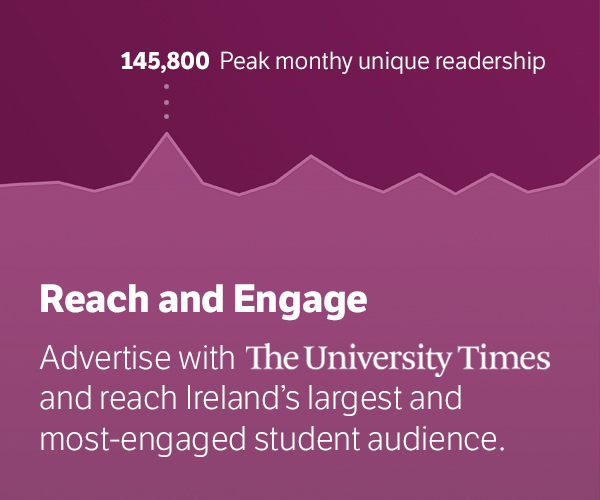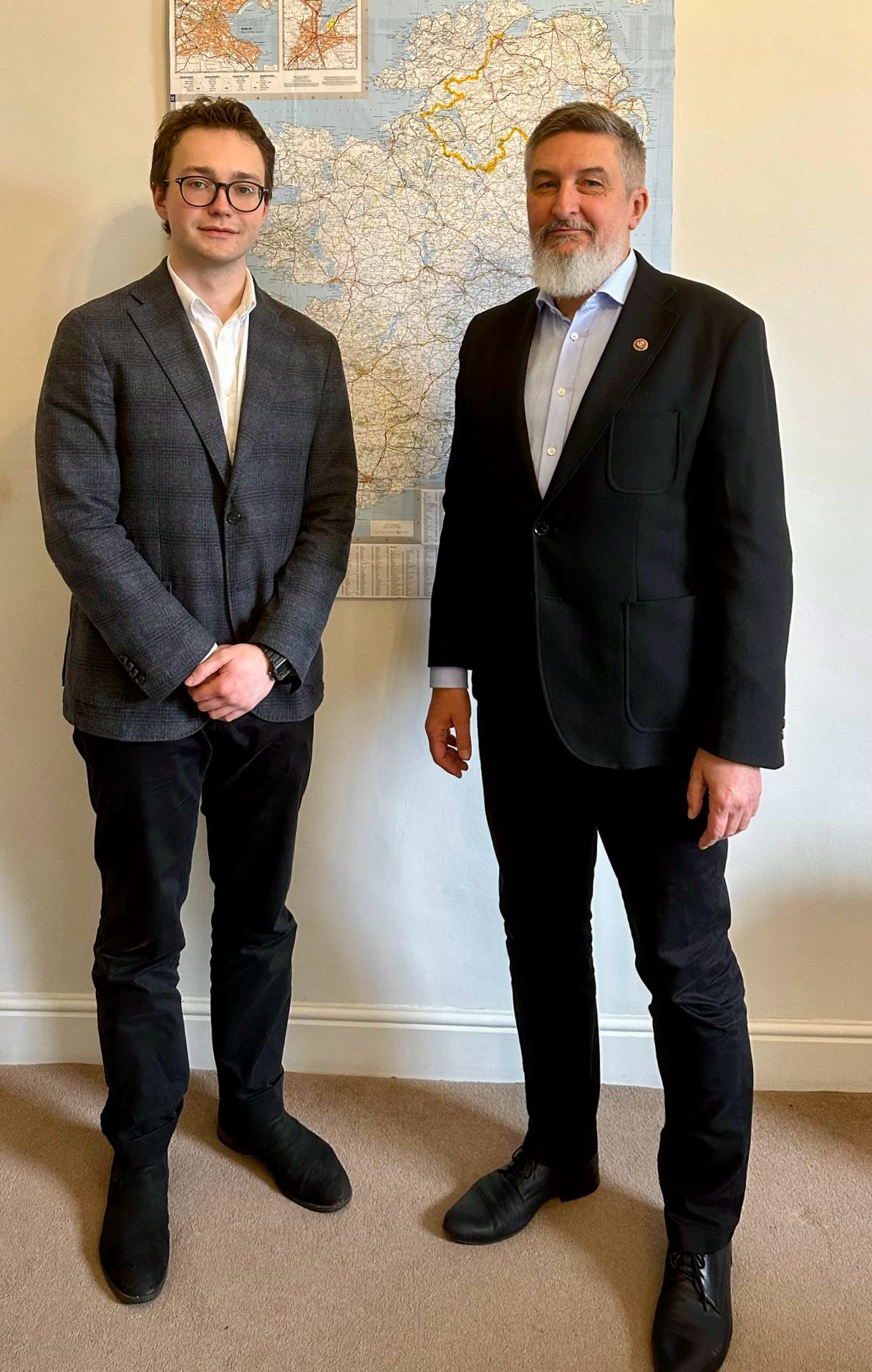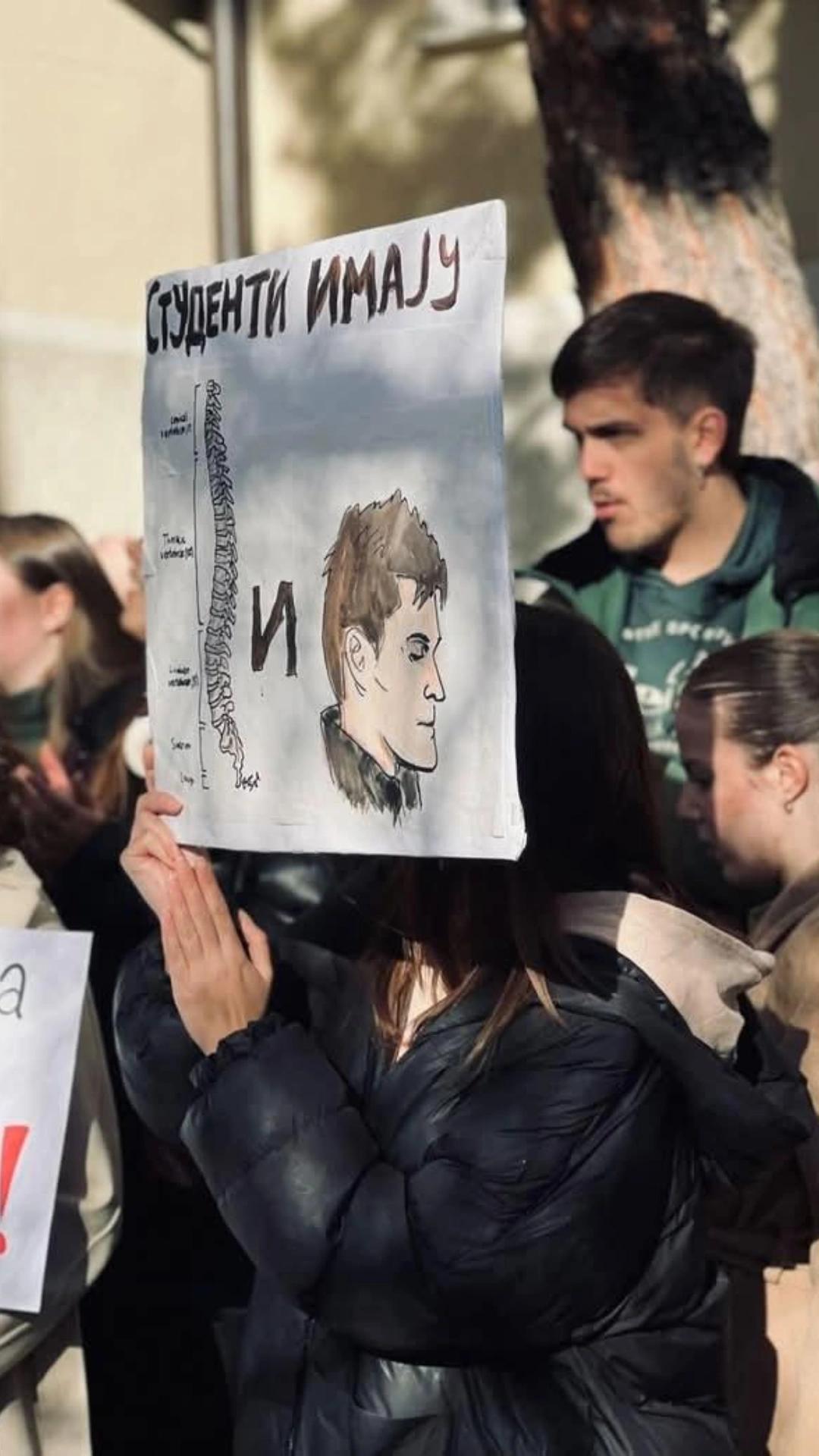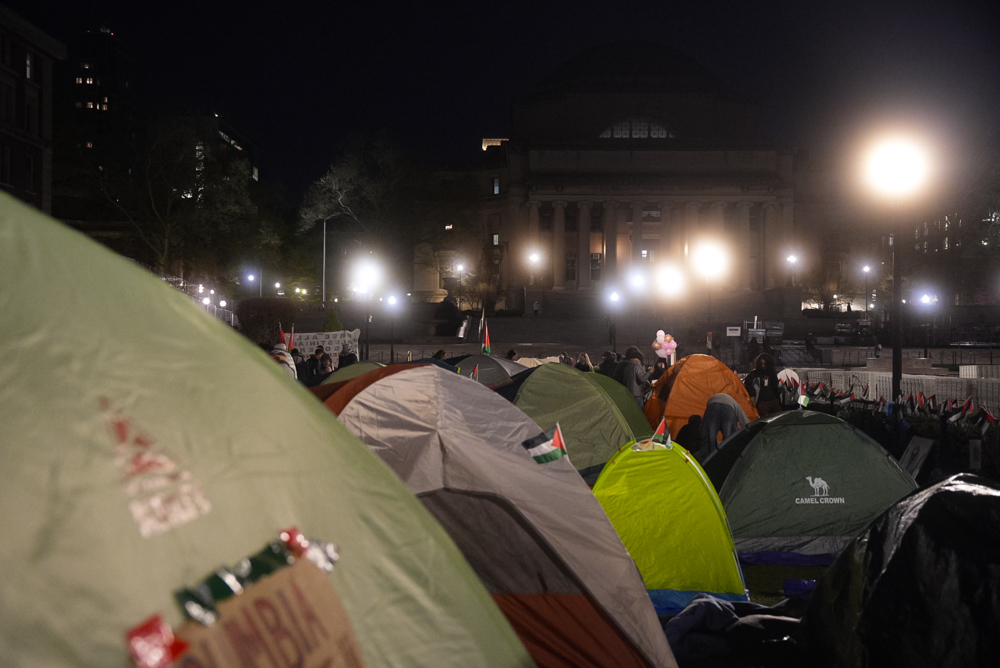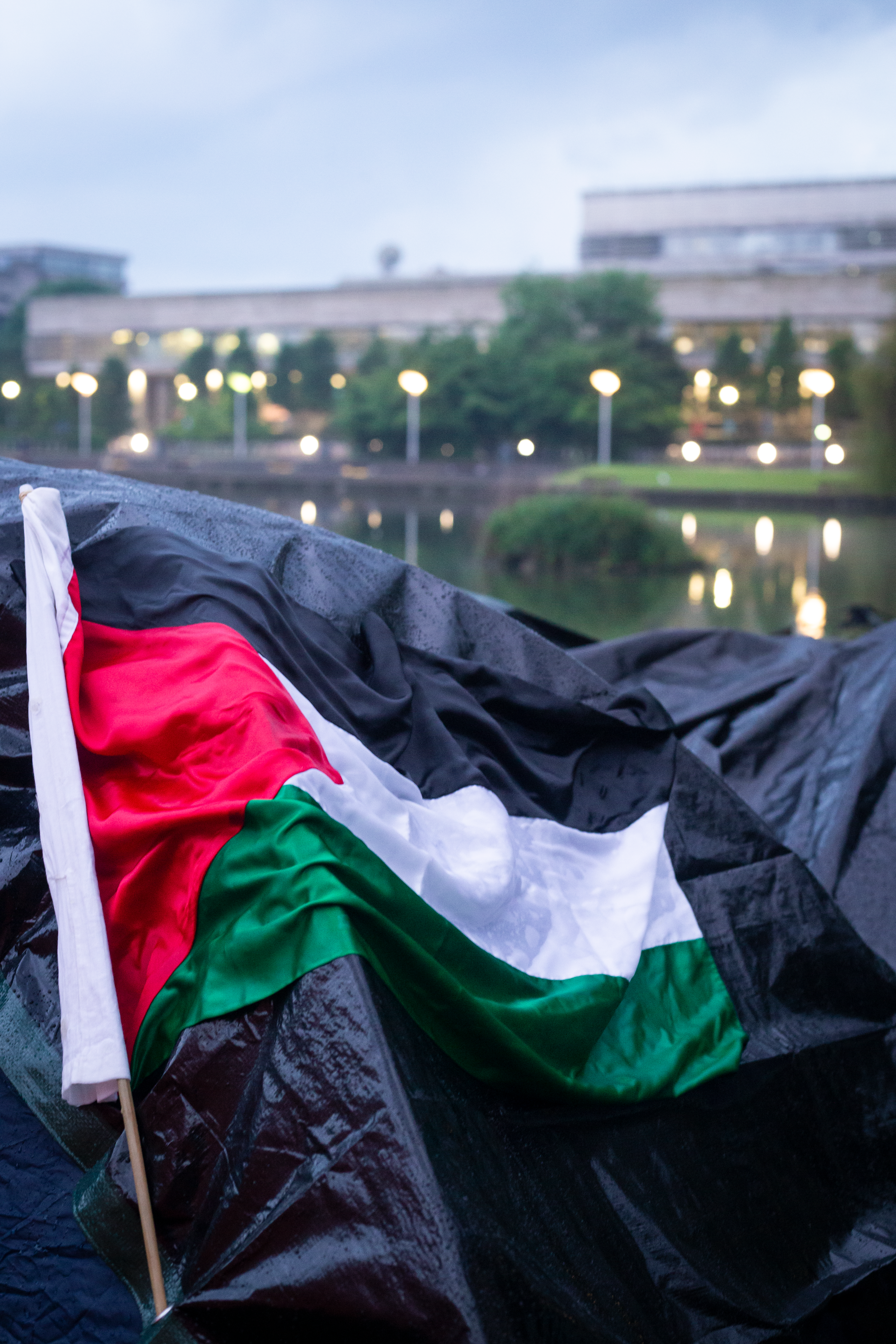“We’re living with an active star, and we need to think about the realities of that.”
For solar physicist Dr. Laura Hayes, the sun is more than a distant celestial body — it’s a dynamic force shaping the space weather that impacts modern life on Earth.
A proud alumna of Trinity College, Laura earned both her bachelor’s degree in Theoretical Physics and her PhD in Astrophysics from the School of Physics. She boasts an impressive résumé, featuring collaborations with some of the biggest names in astrophysics, including postdoctoral research at NASA and the European Space Agency (ESA). Her career has taken her to California, Washington D.C., and South Holland, and just last month has brought her back to Dublin to join the Dublin Institute of Advanced Studies (DIAS).
Following her arrival home, Laura returned to the Fitzgerald Lecture Theatre, a familiar venue, to deliver her first talk at Trinity since graduating in 2018. Invited by the Physics Society, which she chaired during her undergraduate years, she presented her talk, “The Flaring Sun: Three Years of Solar Orbiter Observations”.
The Solar Orbiter is a spacecraft designed by the European Space Agency (ESA) in collaboration with NASA. First launched on February 10, 2020, from Cape Canaveral, it’s equipped with ten advanced instruments designed to study the sun and its heliosphere in unprecedented detail. This mission, two decades in the making, marks a significant leap in solar research.
Laura’s research focuses on solar flares, giant explosions on the sun that release immense amounts of energy, light, and high-speed particles into space. The sun undergoes an eleven year activity cycle, alternating between periods of high and low magnetic activity. During solar maximum — the peak of this cycle — the sun becomes particularly active, with increased sunspots, flares, and solar storms. Sunspots, the visible markers of active regions on the sun, are regions with intense, complicated magnetic fields that provide a window into the sun’s complex magnetic interior. These areas often give rise to solar eruptions, including flares and coronal mass ejections (CMEs), which can disrupt the Earth’s magnetic environment.
Solar activity can significantly affect space weather, which has pronounced impacts on Earth. While it can create breathtaking displays like the aurora borealis, it also poses real risks. Space weather can be a detrimental threat to modern technology. “We are a society completely dependent on the technological infrastructure we’ve built,” she emphasised, “and this infrastructure is, of course, impacted by highly energetic particles”.
Flares and CMEs directed at Earth, can create long lasting radiation storms that can harm satellites, communications systems, and even ground-based technologies and power grids. A vivid example of this occurred in February, when SpaceX launched 49 Starlink satellites directly into a solar storm. 40 of these satellites were rendered inoperable, underscoring the critical importance of understanding solar activity.
Beyond space weather, Laura delved into other complexities regarding the physics of the sun during her talk. The Sun presents some of astrophysics’ most enduring mysteries, including the “Coronal Heating Problem”.
The sun’s surface is approximately 5,000 degrees Celsius, but its outer atmosphere reaches temperatures of up to five million degrees Celsius. This counterintuitive phenomenon is akin to “walking away from a fire and feeling hotter,” and scientists like Laura are working to uncover the mechanisms behind this energy transfer. Solving this enigma, she noted, could well earn a Nobel Prize.
Laura’s contributions to solar physics extend beyond just her research; they also include advancing tools that empower the scientific community. Her talk was enriched by intricate animated graphics, created using SunPy, an open-source Python library she helped develop. Established in 2011 at NASA’s Goddard Space Flight Center, SunPy provides a comprehensive toolkit for solar data analysis. As the Communication and Education Lead for SunPy, Laura is a key part of the team that earned the NASA Group Achievement Award for their innovative work.
As the sun ‘ramps up’ activity toward its next solar maximum, Laura is enthusiastic about the research opportunities ahead. Increased solar activity will offer more chances to study flares and eruptions, advancing our understanding of this dynamic star.
“It’s an exciting time for solar physicists,” she remarked. “But maybe not so exciting if you’re launching satellites into space.”
Laura’s return to Trinity serves as an inspiration to young physicists, emphasising the importance of understanding the forces shaping our world. Her work emphasises the crucial connection between the Sun’s behaviour and its impact on life here on Earth. As she put it, “The sun is essentially a lab in the sky; we have no other astronomical object with so much data that we can study under a microscope.”
